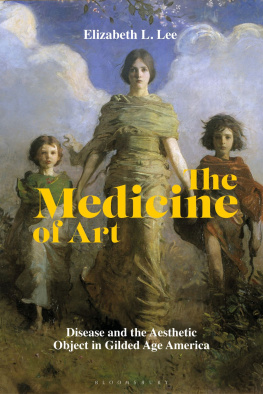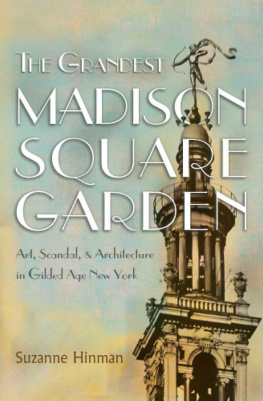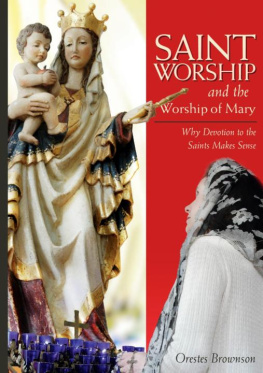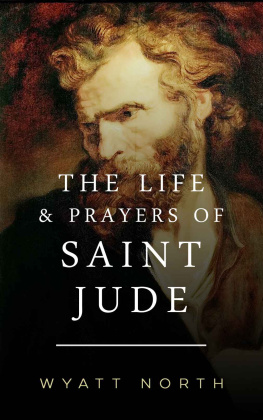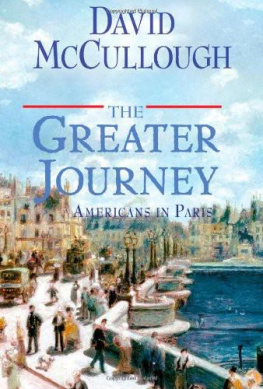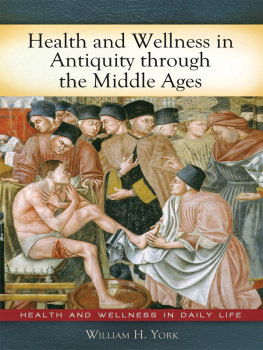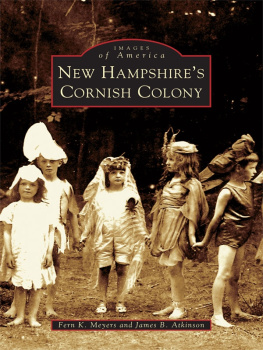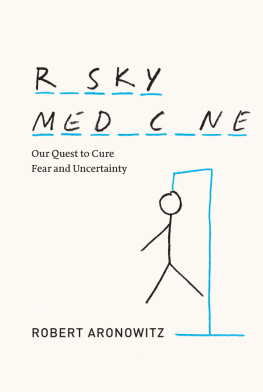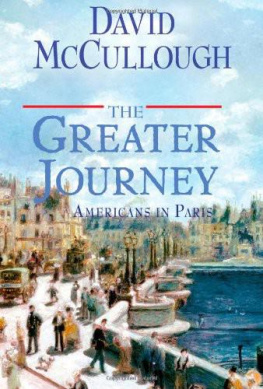The Medicine of Art
For Sunil and Mira
The Medicine of Art
Disease and the Aesthetic Object in Gilded Age America
Elizabeth L. Lee

Contents
This project took root as I was completing my dissertationon the intersection of filth and female purity in Gilded Age artwhen the historian JoAnne Brown pointed to what she saw as an embedded disease narrative in the painted angels and virgins at the center of my research. I soon learned she was right. A faculty writing group led by Brown, then associate dean at Dickinson, provided a context for developing my first article on the subject, which was published in American Art . The contours of the book-length project developed only several years later with my first sabbatical, which was aided by several research awards.
As a joint fellow at the Smithsonian American Art Museum and the Freer Gallery of Art, I benefitted from conversations with thoughtful mentors, stimulating colleagues, and exceptional resources. I particularly want to thank the late Cindy Mills for her kind support, along with Lee Glazer, Susan Hobbs, Bill Truettner, and Katherine Ott, the last for a memorable trip into the NMAH vault to view nineteenth-century medical devices. I am grateful to have worked in the SAAM fellows office alongside Maggie Cao, Kate Lemay, Elizabeth McGoey, Lacey Baradel, Prue Ahrens, Hlne Valance, Meredith Brown, and Austin Porter. Robert Louis Stevenson made an unexpected entry into the project during a fellowship at the Huntington Library that same year. Thanks to Barry Menikoff and Glenda Norquay for an introduction into all things Stevenson. I benefitted from conversations with fellow Huntington scholars Helen Horowitz and Jennifer Greenhill as well. Thanks to a Wolfsonian-FIU fellowship in Miami Beach, I fell into the fascinating, if sometimes bizarre, world of late nineteenth-century physical culture, which helped bring the study of health to my focus on disease. Finally, I am grateful to the College of Physicians in Philadelphia for a grant which gave me time that year to pore over dozens of rare medical texts on nineteenth-century illness.
Since then, the Research and Development Committee at Dickinson has funded numerous archival trips to fill in research gaps, including visits to the Archives of American Art in Washington, DC; the Stark Center for Physical Culture and Sports at the University of Texas, Austin; the Saint-Gaudens National Historic Site and Baker Library at Dartmouth College, both in New Hampshire; the Horace Fletcher Papers at Harvard Universitys Houghton Library; and the Bakken Museum Library in Minneapolis. R&D also generously supported publication-related costs.
In developing the manuscript over the last several years, I have benefitted greatly from the questions and comments of audience members who attended various presentations. Thanks to Kathy Foster and Mark Mitchell for inviting me to present at the Philadelphia Seminar in American Art; to Sarah Burns and Erika Doss for the Newberry Seminar in American Art and Visual Culture, and to Melody Deusner for her comments; to Justin McCann for the Lunder Consortium symposium on Whistler at Colby College; to Ramah McKay for the History and Sociology of Science workshop at the University of Pennsylvania, and to David Barnes and Beth Linker for their insights; to Marissa Golden and Alicia Walker at the Bryn Mawr Center for Visual Culture series; and to Amelia Goerlitz for the chance to share my work with a new cohort of fellows at the Smithsonian Lunchbag Seminars in American Art. I am also indebted to audiences who attended conference talks at the College Art Association, the Association of Historians of American Art, Nineteenth Century Studies Association, the American Association for the History of Medicine, and the Southeastern College Art Conference. I particularly want to thank Robin Veder for encouraging my work on Saint-Gaudens on a panel we co-chaired at CAA.
The history of medicine is a small area within the study of American art, and I have relied upon truly innovative colleagues to guide my work: most especially, Sarah Burns, who was my PhD advisor, and who has done so much to open up unorthodox topics like disease within the field of American art. The depth and sensitivity of her research continue to amaze me. Many thanks to Tanya Sheehan, for her support, and, especially for her brilliant book, Doctored . Likewise, Susan Sidlauskas and Rachael de Lue have provided provocative models of how to put disease and nineteenth-century art in conversation. I am also indebted to the art historians Amy Werbel, Robin Veder, Sharon Hirsh, Kathleen Spies, and Naomi Slipp for taking up the history of medicine in such thoughtful ways. In the final months of this project, I have benefitted from regular discussions with Tanya Sheehan, Allison Moorehead, Julia Rosenbaum, Pat Berman, and Suzanne Hudson on art and the medical humanities. I look forward to our continued work now that a pandemic has brought new awareness and interest to this subject.
At Bloomsbury, it has been a pleasure working with April Peake, Yvonne Thouroude, and Barbara Cohen Bastos. For various forms of support, I owe thanks to the following friends and colleagues: Alexis Boylan, Elizabeth Huey, Deirdre Murphy, Emily Shapiro, Kathleen Spies, Erika Doss, Julia Rosenbaum, David Ball, Victoria Sams, Lauren Lessing, Keri Watson, Emily Burns, Christine Filippone, Maura Coughlin, Emily Gephart, Ellery Foutch, Erica Hirshler, Ana Lpez-Snchez, and Akela Reason. You have all been an inspiration. Thanks as well to Les Tremblays, Gillette Conner, Kshama Harpanaker, Alexandra Parfitt, Ann Wellborn, Mariann Paolantonio, Rachael Hunter, Rebecca Saline, Kristin Page, and, especially, Scott and Nancy McBride.
Despite all the hits which higher education has taken in recent years, Dickinson remains a special place and has always been my academic home. I have been fortunate to work with wonderful colleagues. In Art and Art History, I am grateful to Melinda Schlitt, Lisa Dorrill, Wei Ren, Phillip Earenfight, Heather Flaherty, Anthony Cervino, Todd Arsenault, Rachel Eng, and Andy Bale. Thanks to Ward Davenny and the late Barbara Diduk as well. I am grateful to Jennifer Kniesch for her sleuthing skills in tracking down image rights. Sharon OBrien felt like my guardian angel early on in the project. Shawn Bender, Amy Farrell, Katie Oliviero, Margaret Frohlich, Sarah McGaughey, Claire Seiler, Jerry Philogene, Elise Bartosik-Velez, and Tom Reed offered helpful insight at various points. Thanks to Nitsa Kann, Adrienne Su, Ebru Kongar, Antje Pfannkuchen, Sarah Skaggs, and Amy Steinbugler for their friendship. The library staff, especially Interlibrary Loan, provided regular and generous support. Thanks to MaryAlice Bitts and Christine Baksi for helping to promote my work beyond Dickinsons proverbial limestone walls.
My family has provided a steady source of support over many years. I am especially grateful to Buck Heartwell and my late maternal grandmother, Lucille Dorgan Heartwell, who I always felt was an art historian at heart. My parents, Jim and Lucy Lee, have cheered me on through so much. They deserve thanks for my education more broadly, including a transformative college semester in London, where my love for art history took off. I am also grateful to my sister, Lucy Hartley, for her ongoing support, and for hosting me during many DC summer research trips. This book is dedicated to Sunil and Mira, who have brought unfathomable love and joy to my life. They are my everything: the wind in my sail, the ground beneath my feet.

